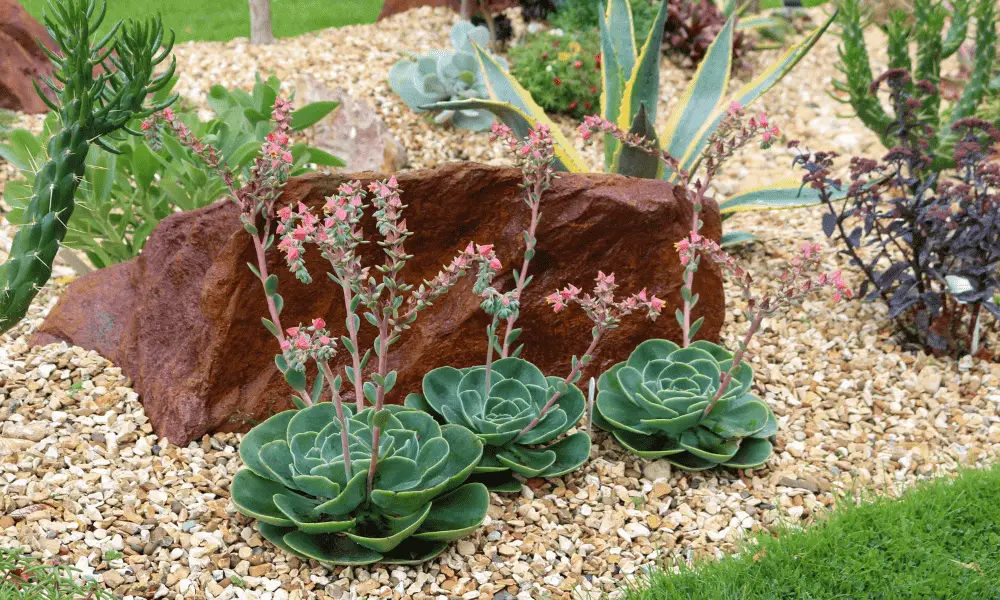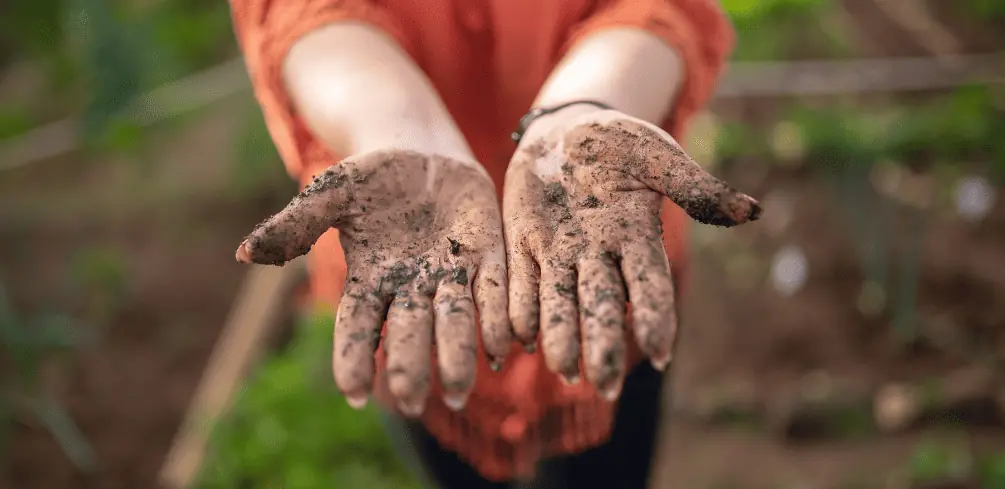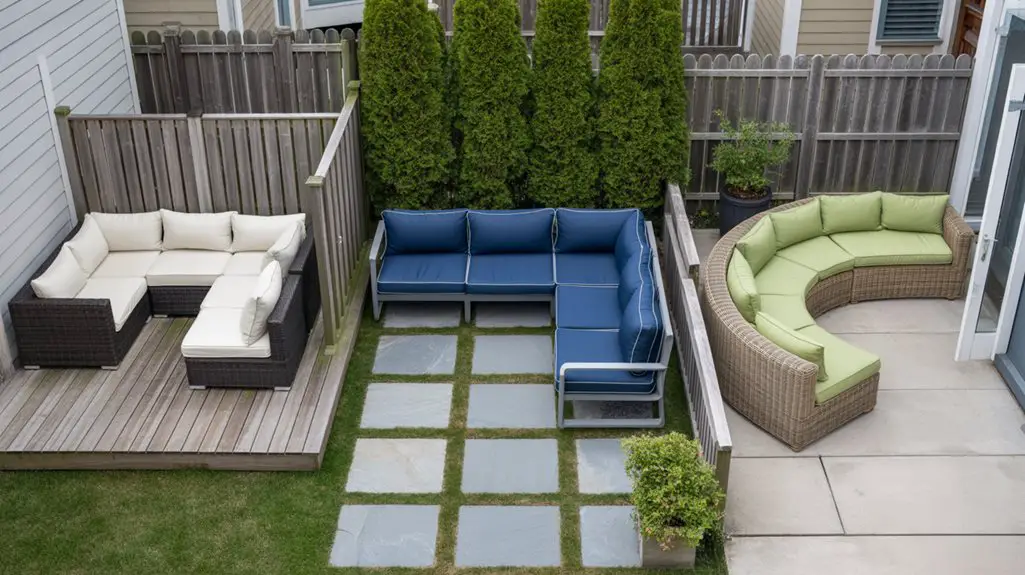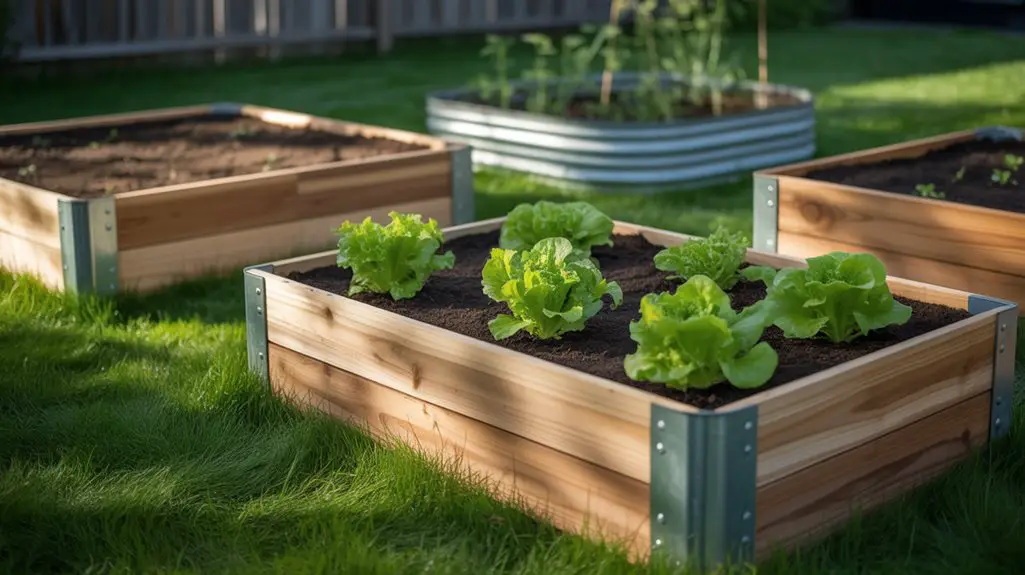Mucky mud mayhem in your backyard can be a bothersome blight, transforming what should be a serene sanctuary into a sloppy sludge pit. This is not only unappealing to the eye but also poses practical problems, such as tracking dirt into the house or making outdoor activities a messy affair.
But don’t despair! The situation isn’t as dire as it might seem at first glance. With some smart strategies and savvy solutions, you can turn that murky mess into an enviably elegant landscape.
Implementing Drainage Solutions

You’re not stuck with that muddy mess forever, you know! Let’s dive into some nifty drainage solutions that’ll turn your swampy backyard into a dry haven.
One of the most practical and effective strategies is installing a French drain. Essentially, it’s a gravel-filled trench containing a perforated pipe that directs water away from your property.
The concept might sound intimidating, but with the right tools and steps, it’s quite feasible to do it yourself.
First off, you need to identify the area where water accumulates the most. From there, dig a trench sloping away from this spot and make sure it leads towards an area suitable for water dispersion, like a street or storm sewer.
Now, let’s switch gears to another innovative solution: creating a rain garden in your yard. Rain gardens are shallow depressions planted with deep-rooted native plants & grasses, which soak up excess water runoff while simultaneously enhancing the aesthetic appeal of your space.
Don’t be fooled by their simplicity; rain garden benefits extend far beyond just being pleasing to the eye! They absorb great amounts of rainwater, preventing soil erosion and flooding while also providing habitat for local wildlife like butterflies and birds.
So what about those days when it doesn’t stop pouring?
We’ve got you covered as well! Consider planting vegetation such as willows or dogwoods, known for their high tolerance to wet conditions – they can help absorb excess moisture while adding greenery to your landscape at the same time.
You could also incorporate porous paving materials in high-traffic areas of your yard instead of traditional concrete or asphalt – these allow water to seep through rather than pooling on top, creating mud pits after every downpour.
With these solutions in mind, transforming that muddy backyard into an appealing landscape becomes less daunting than ever before!
Choosing the Right Ground Cover

Selecting the perfect ground coating is as vital as choosing your life partner; it can make or break your outdoor oasis. Mud in your backyard can be a real headache but don’t worry, you’re not alone, and there are practical solutions available.
One such solution is to choose the right ground cover that will absorb excess moisture and prevent mud from forming. The type of soil in your yard plays a significant role in this selection process, so try to identify whether it’s clayey or sandy before deciding.
There are several factors you should consider while selecting an appropriate ground cover:
With these considerations in mind, go ahead and explore various plant species that could serve as potential ground covers for your muddy backyard.
From robust grass varieties to flowering perennials such as violets and sweet woodruff – there’s a wide range of options waiting to transform your damp dirt into a vibrant green carpet!
Remember that effective landscaping isn’t just about beautification; it’s also about creating an environment where plants thrive while solving practical problems like muddy yards.
Whatever option you choose for covering up mud in your backyard – be it mulch spread out on the affected areas or beautiful groundcover plants – ensure they align well with other elements of your garden design. After all, every little detail contributes towards making a house feel more like home!
And remember – patience is key!
It may take some time for these solutions to fully kick in and show visible results, but trust me; it’ll be worth every bit of effort when you see those muddy patches turning greener and brighter day by day!
Installing Artificial Turf

Looking for a no-fuss, always-green solution?
Let’s dive into the world of artificial turf, where maintenance is minimal and your lawn looks lush year-round.
With artificial turf, you’ll bid goodbye to muddy patches in your backyard forever. Selecting the right kind of turf for your yard might seem overwhelming at first, but it doesn’t have to be.
The selection criteria largely depend on factors like how much foot traffic the area receives or if you have pets who love playing outdoors.
For high-traffic areas or homes with active pets, opt for durable, high-density turfs that can withstand lots of activity without getting worn out.
Next comes installation – it’s not as daunting as it sounds! Start by removing any existing grass and leveling off the soil with a rake or rototiller. Then lay down a layer of crushed stone or gravel to ensure proper drainage – this step is crucial to prevent water from pooling on your new turf.
Once this base is compacted and leveled perfectly flat, roll out the artificial grass over it. Securing edges with landscaping nails will keep your turf in place and avoid any shifting later on.
Turf Maintenance may sound redundant when talking about artificial lawns – isn’t one of the benefits supposed to be low-maintenance?
Well, yes – but ‘low’ doesn’t mean ‘zero.’ Your new synthetic grass needs some TLC too!
Regular brushing helps maintain its lush appearance while keeping dirt and debris at bay. Even though there’s no mowing required, occasional rinsing keeps things fresh and clean, especially if you’ve got furry friends who frequent the lawn.
So while easier than natural grass upkeep, remember that some maintenance is still needed to keep your faux lawn looking fantastic year after year!
Adding a Patio or Deck

Transforming your outdoor space with a patio or deck is like opening a brand new room in your home, offering endless possibilities for relaxation and entertaining.
Not to mention, it’s the perfect solution to cover up any unsightly mud patches in your backyard.
But before you head out to buy materials, consider what kind of surface would best suit your needs and preferences.
The patio materials selection process involves choosing between different types of stone, such as flagstone or cobblestones, concrete options like stamped or stained, and even wood varieties for a classic deck look.
Each material has its own unique attributes concerning durability, maintenance requirements, and aesthetic appeal. Next up is planning the layout of this newfound living space. When considering outdoor furniture placement, reflect on how you envision utilizing the area.
If you’re an ardent fan of hosting barbecue parties, then arrange seating around a central grill station or fire pit for a cozy gathering spot. For those who prefer quiet evenings under the stars, position comfy lounge chairs towards the periphery for optimal stargazing views.
Incorporating planters filled with low-maintenance shrubs and flowers can add natural beauty while also acting as subtle dividers within the space.
Now that we’ve covered material selection and furniture arrangement, let’s delve into some practical advice on decking installation.
First off, ensure proper grading for water runoff; stagnant water can damage your deck over time and create muddy conditions around it – exactly what we’re aiming to avoid!
Secondly, pay attention to sunlight exposure: too much direct sun might make certain materials hot underfoot during the summer months, while shaded areas may become slippery when damp from rain or dewfall.
Choose plants wisely, too; some species might be hardy enough to withstand foot traffic, but others could suffer from excessive shade cast by taller structures like pergolas or large furniture pieces.
Planting Drought-Tolerant Plants

Embracing drought-tolerant plants in your garden isn’t just a savvy move for water conservation; it’s an opportunity to usher in a captivating palette of textures, colors, and scents that’ll have you hooked!
Think about this: By choosing to plant hardy, low-water species like succulents or native grasses, you’re not only reducing your water footprint but also creating a vibrant landscape that requires minimal upkeep.
You can plan out an enchanting succulent garden design with varying shapes and hues of greens and purples to add depth and intrigue to your backyard. All the while covering up that pesky mud!
Consider the following table as part of your planning process:
| Drought-Tolerant Plant | Benefit |
|---|---|
| Succulents | Requires little watering; provides a vivid array of colors |
| Native Grasses | Adapts easily; creates natural-looking landscapes |
| Lavender | Adds aroma; attracts pollinators |
| Agave | Thrives in full sun; adds architectural interest |
Each plant listed above brings its own unique set of advantages to the table (literally!)—from minimal watering requirements to attracting beneficial pollinators. Plus, their varied appearances make for great visual diversity in your yard.
Creating a sustainable landscape doesn’t mean you need to sacrifice beauty or functionality. With thoughtful selection and placement of drought-tolerant plants, you can transform muddy patches into lush greenery that thrives all year round.
It’s also worth noting that these plants tend to have deep roots, which help stabilize the soil—another bonus when it comes to managing muddy areas! So, embrace the water conservation benefits while enjoying the aesthetic appeal such landscaping solutions offer.
It’s more than just gardening—it’s making earth-friendly choices while crafting an outdoor oasis where every corner enthralls with its living artistry.
Conclusion
So, you’ve navigated the muddy waters, and now, it’s time to sail towards a dry, mud-free backyard.
With drainage solutions, choosing ground covers wisely, installing artificial turf, or even adding a deck or patio – the options are plentiful.
Take heart in knowing that your hard work will pay off.
Remember to consider drought-tolerant plants as an eco-friendly alternative. Understanding your soil and plant types is key in this transformation journey.
Stay determined and watch your backyard flourish into a mud-free oasis!




